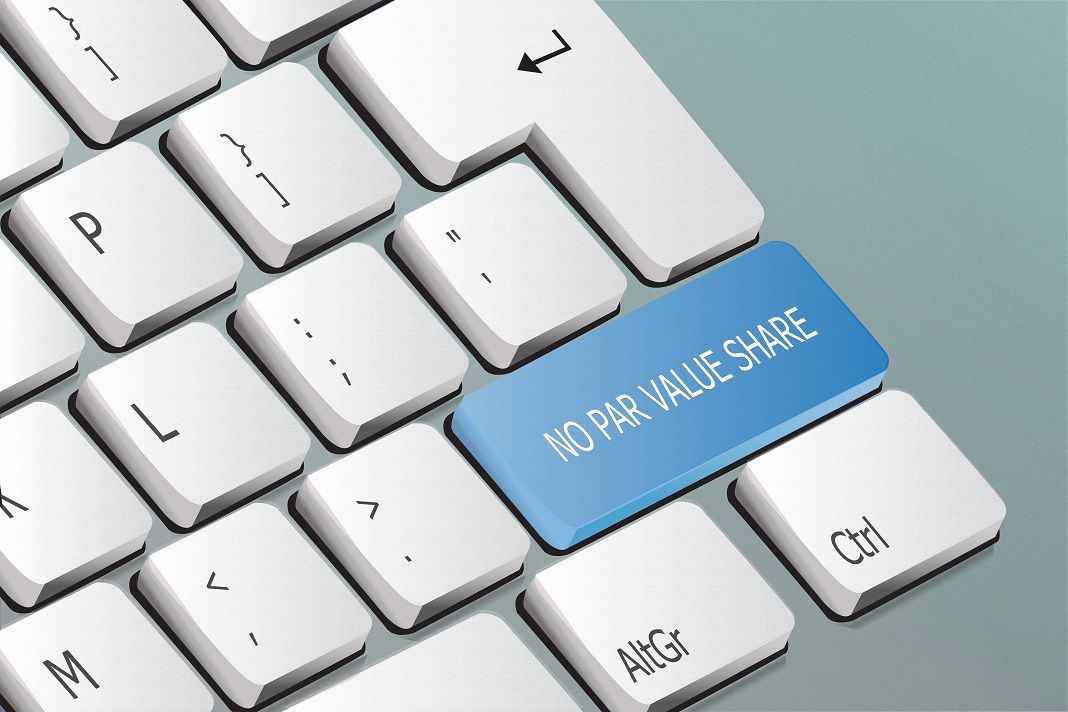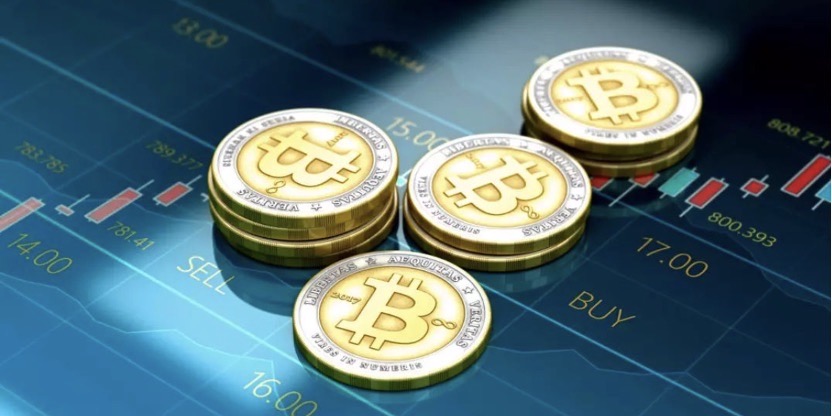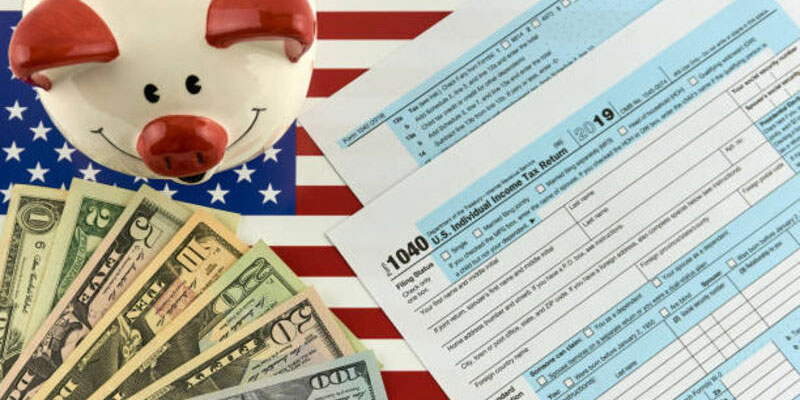Why Would a Stock Have No Par Value? What to Consider
Nov 23, 2023 By Triston Martin
The articles of incorporation or stock certificates of a company that gives out no-par-value stock don't say how much each share is worth. Most shares that are given out have no par value or a low par value. How much cash investors are willing to pay for low-par value shares on the open market determines their worth. Stocks with no par value are good because they let companies sell more shares at higher prices. Analysts may believe that if the firm that issued the shares goes bankrupt or closes down, it was never adequately capitalized, to begin with.
Learning No-Par-Value Stock

Companies may find it advantageous to issue stock with no par value since it allows them to demand higher prices for future public offerings. This makes it less likely that investors will lose money if the stock price drops quickly. Because everyone knows that prices change on the stock market, most investors don't think that par is important before buying an investment. Also, if a company issues stocks with a face value, the company could be held legally responsible for the difference between the current market rate and the face value of the stocks. This makes stocks with a face value a less attractive choice.
When a company gives out stock that has no par value, the price may change on its own. The price of a no-par stock may be determined by the fundamental laws of supply and demand, and it can fluctuate in response to market circumstances without being misled by its face value.
What Does the "Par Value" of a Stock Mean?
People often don't know what it means when they read about a stock's "par value." One reason for this is that the words "debt" and "equity" have different meanings when it comes to "debt." In general, a security's par value, also called its face value, nominal value, or par is the price at which it can be bought or sold.

A bond that has a face value of $1,000. For example, it may be redeemed for $1,000 when it matures. This is also important for fixed-income securities like bonds or preferred shares since interest payments are based on a percentage of par. So, a $1,000 bond with an 8% interest rate would pay $80 in interest after a year. The company can buy back common stock with a par value, like $1.00 per share, for that amount. Before, the amount invested was the same as the stock's par value. But most stocks issued today have no par value or a very low par value, like $0.01 per share.
Low-Par Value Stock versus No-Par-Value Stock
Low-par value stocks can range from less than $0.01 to a few dollars. No-par value stocks don't say how much they are worth on paper. When a smaller company wants to limit the number of people who own shares, it may choose to give out stocks with a face value of $1.00. Then, this small amount can be used as a line item in the books.
Why Not Issue Par Stock?
You might wonder why a company would give out stock with no par value or why a shareholder would buy it. A business might not give out par stock for many reasons.
- The face value of a stock has nothing to do with how much it's worth on the market.
- Even if a stock has no face value, it can still be sold for hundreds of thousands of dollars.
- It lets a company raise stock prices in the future if it wants to.
- It lets the stock's price change as it would normally.
- It keeps people from lying about how much a stock is worth.
Most of the time, the decision to give stock with no par value is written in the Articles of Incorporation or on the stock certificate itself. The stock will either have no par value or a low par value.
Special Considerations
If a company gives out stock with a low par value of $5 per share and sells 1,000 shares, the company's book value can be listed as $5,000. If the business is doing well, this value may not be important. But suppose the business goes out of business while it still owes a creditor $3,000. In that case, the creditor may ask to see the bankrupt business's accounting statements, showing that the bankrupt business was not fully capitalized. This can force the business that owes the money to use its legal right to ask shareholders to help pay off the debt.

Great Western Insurance Company: Behind the Scenes of Customer Satisfaction

Token-Based Financing

Why Would a Stock Have No Par Value? What to Consider

Roofstock Review 2024: Real Estate Investment Made Easier
Market Expectations as Strategists Monitor the BOJ’s Moves and Governor Ueda’s Potential Influence

T Rowe Price Funds

The boundaries of artificial intelligence protection

Understanding and Preventing Identity Fraud in Commercial Applications

Is Social Security Taxed After Age 70?

